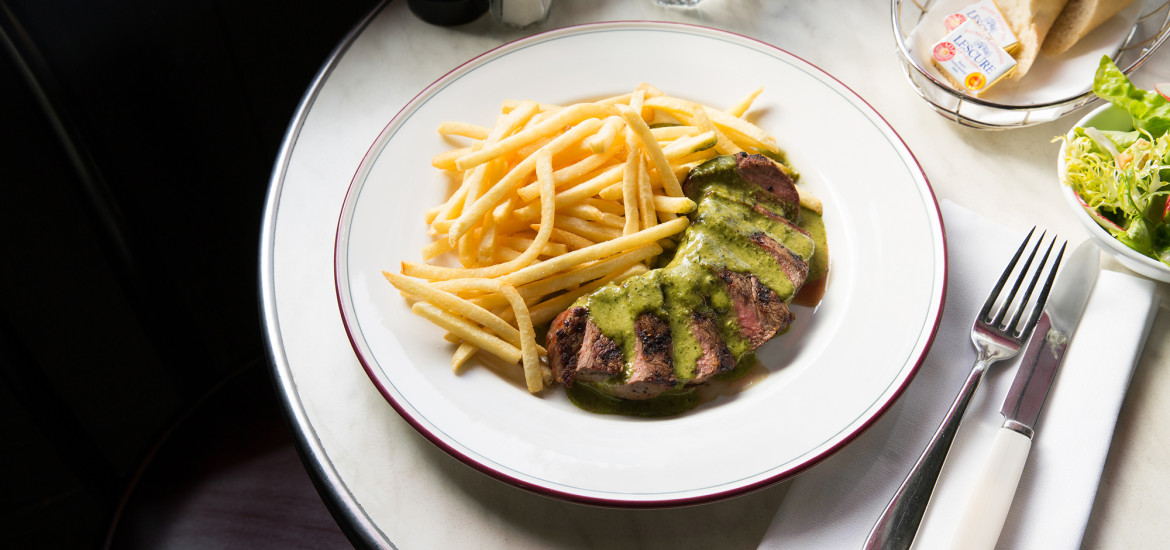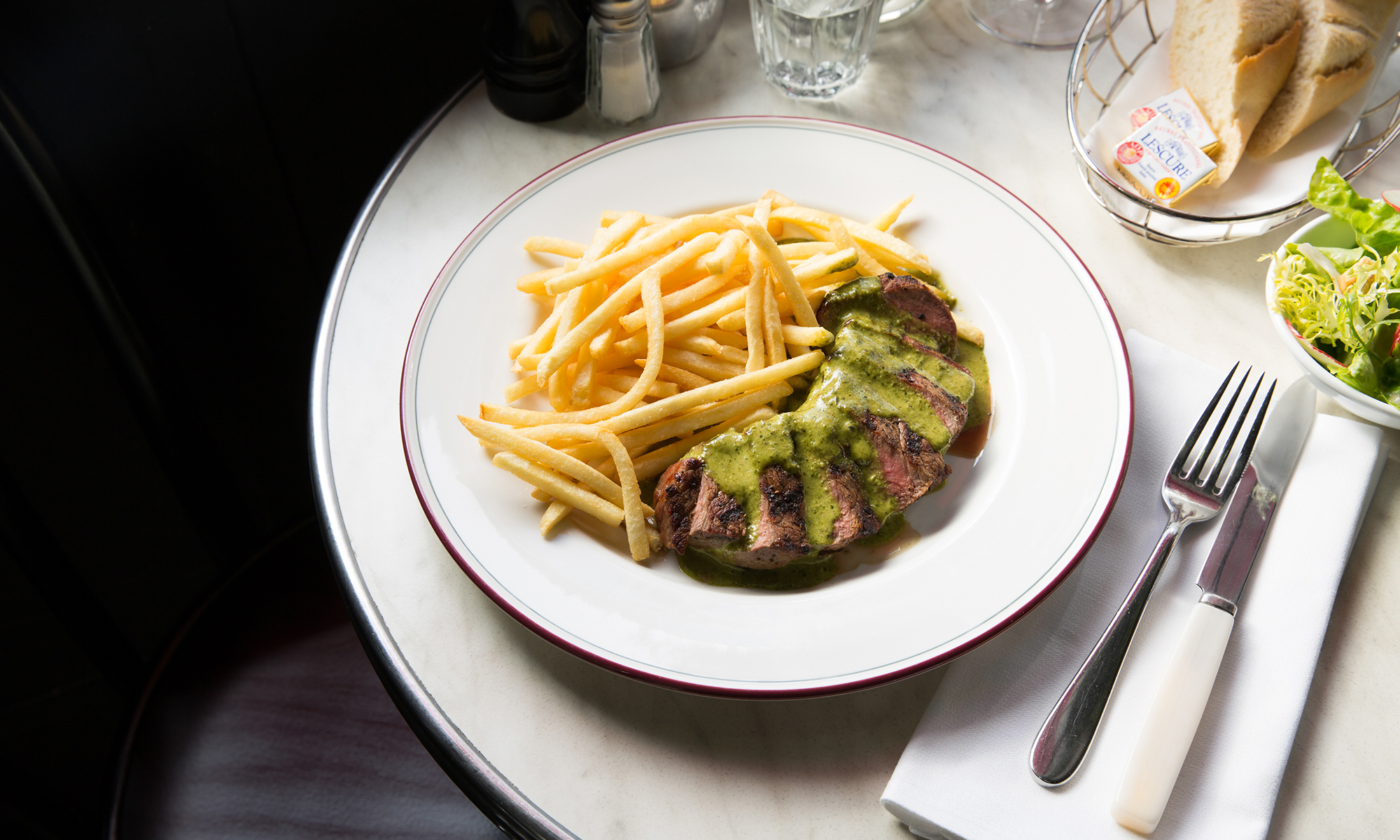
Buying, cooking, and eating steak is a regular occurrence. You can do it well or do it really well. We prefer the latter, which is why we decided to chat to Adam North from Hopkins River Beef about all things steak.
Hopkins River Beef has been providing restaurants and customers with a high quality beef since 1996. Since then North has become a go-to when it comes to questions about steak. Not only one we turn to for the hard questions, but now also someone we dine with at his French inspired steakhouse Entrecôte in Domain Road, South Yarra, and also judge for the 2015 Pepperjack Battle of the Steaks. The battle will see 450 restaurants across the country getting customers to rate their steaks when they buy a glass of Pepperjack wine. The most popular will be rated by North and the other judges. So, with North established as the steak guru, we sat him down and picked his brain.
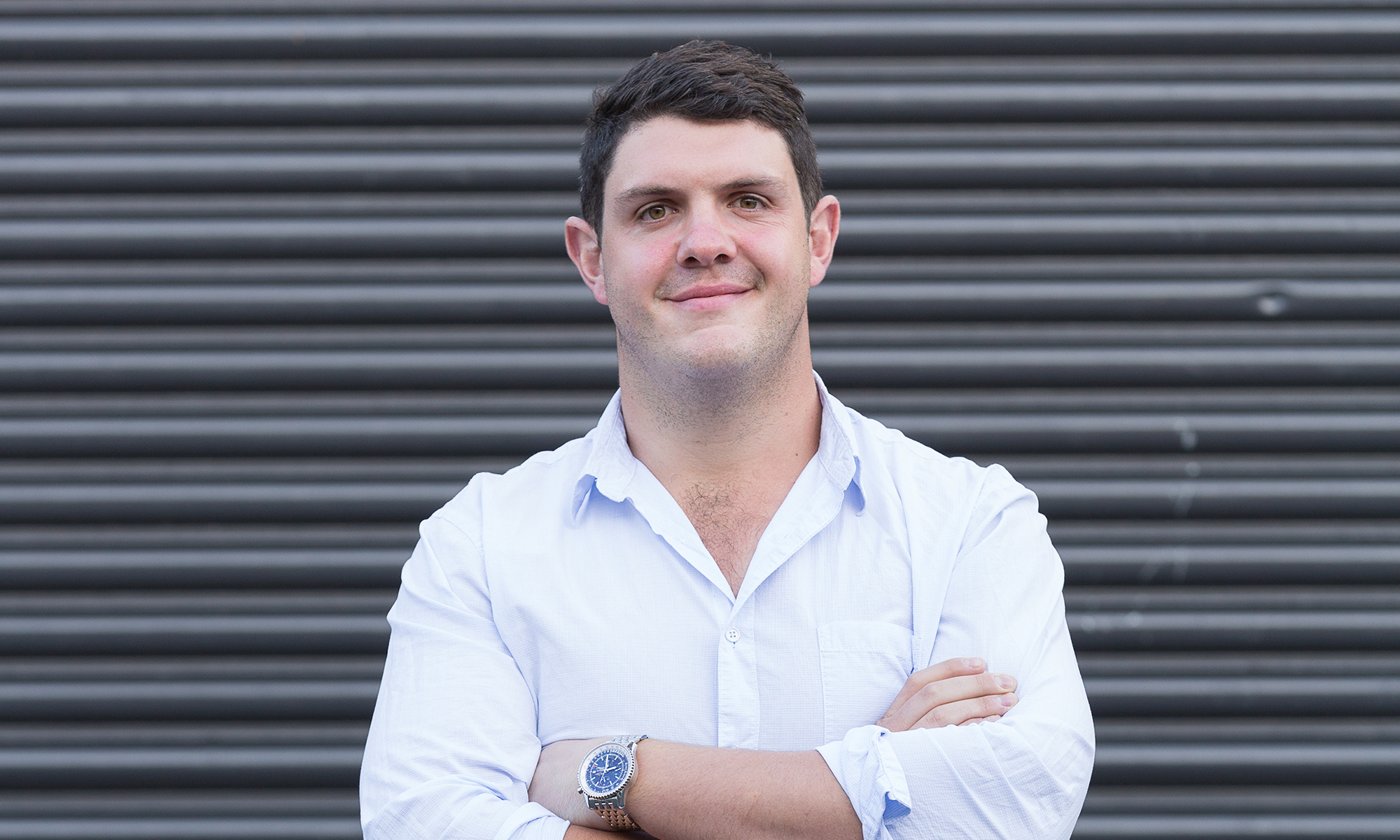
DA: What should we look for when buying steak?
AN: I always try and buy steak from a trusted source, if you buy steak right from the source you know what you are getting. I personally always look for an even distribution of intramuscular fat or marbling, you know that is going to melt through your meat during the cooking process, adding flavour and tenderness!
What mistakes do people usually make when cooking steak?
One thing I often see not done right is picking the right cut for the right outcome. For example if you are looking at going low and slow you need to pick a cut like brisket, something with a lot of connective tissue that’s going to break down over a long period of time and create that soft texture. The same goes for a BBQ cut like sirloin, any of the loin cuts are great for grilling as they are jam packed with flavour and can be cooked quickly as they don’t contain a lot of sinew.
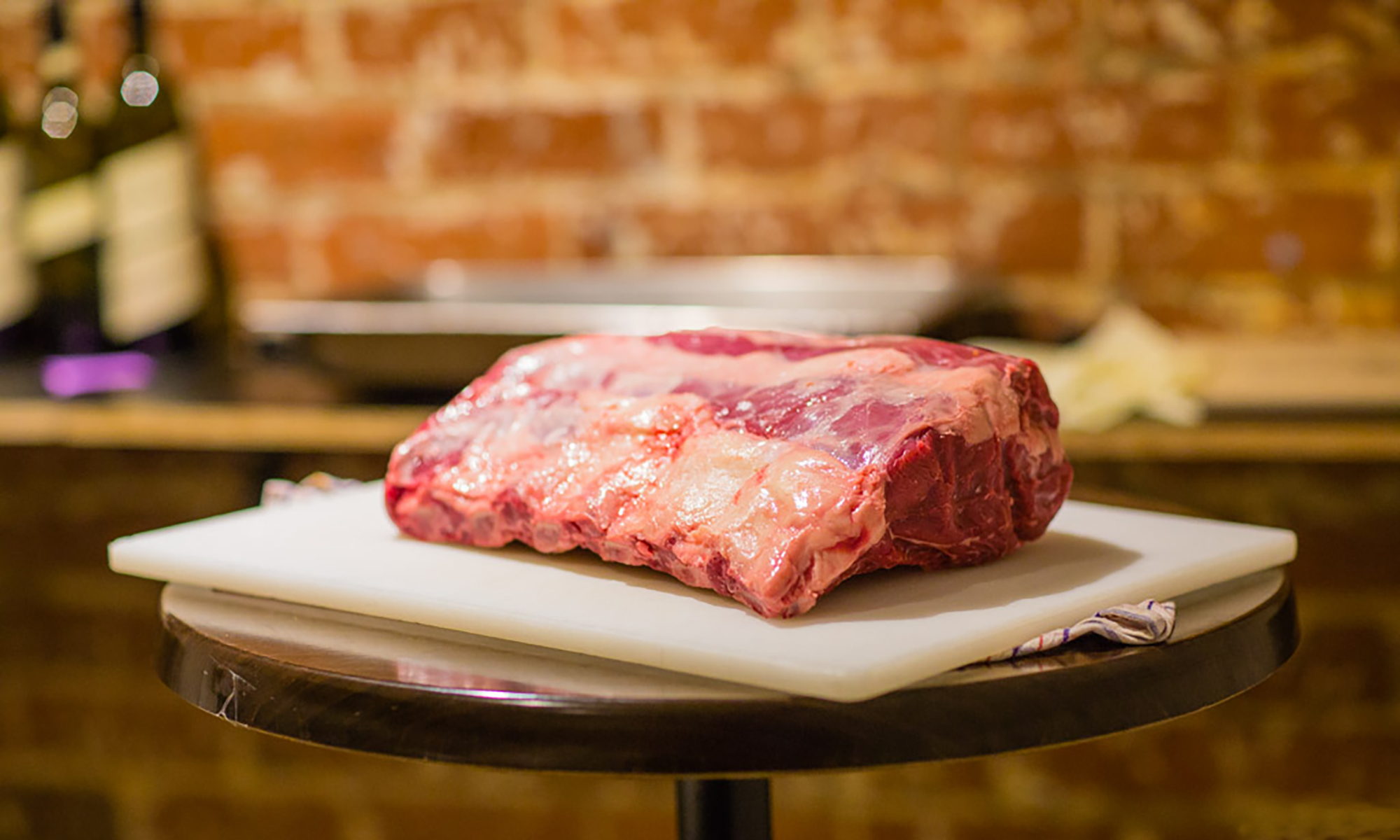
What about choosing different cuts of steak? How should we go about that?
This is a topic that has some history! For generations different cultures around the world have used all parts of the animal for their respective cuisines. Every part of the beast can be used and it’s fantastic to see the resurgence of secondary cuts in Australia. Here are my favourites and how to cook them:
Heel Muscle – More connective tendons that you’ll know what to do with and once broken down is a melt-in-your-mouth gelatinous goodness! Think deep pot with root vegetables and red wine – six hours should do the trick.
Hanger Steak – Literally hanging from the last rib this is an absolute beauty. Due to its porous texture it works really well with rubs and marinades – I like to play around with different ingredients in my rubs, so don’t be scared to think outside the square. You’ll need your cooking surface as hot as you can get it, it won’t need much time just a quick sear on each side and be sure to let it rest and then slice against the grain.
Neck –All that connective tissue is going to be holding some pretty awesome flavor. Release that with a long slow roast… 4-5 hours on 150 degrees – you may as well make yourself some mash to team it up with as well.
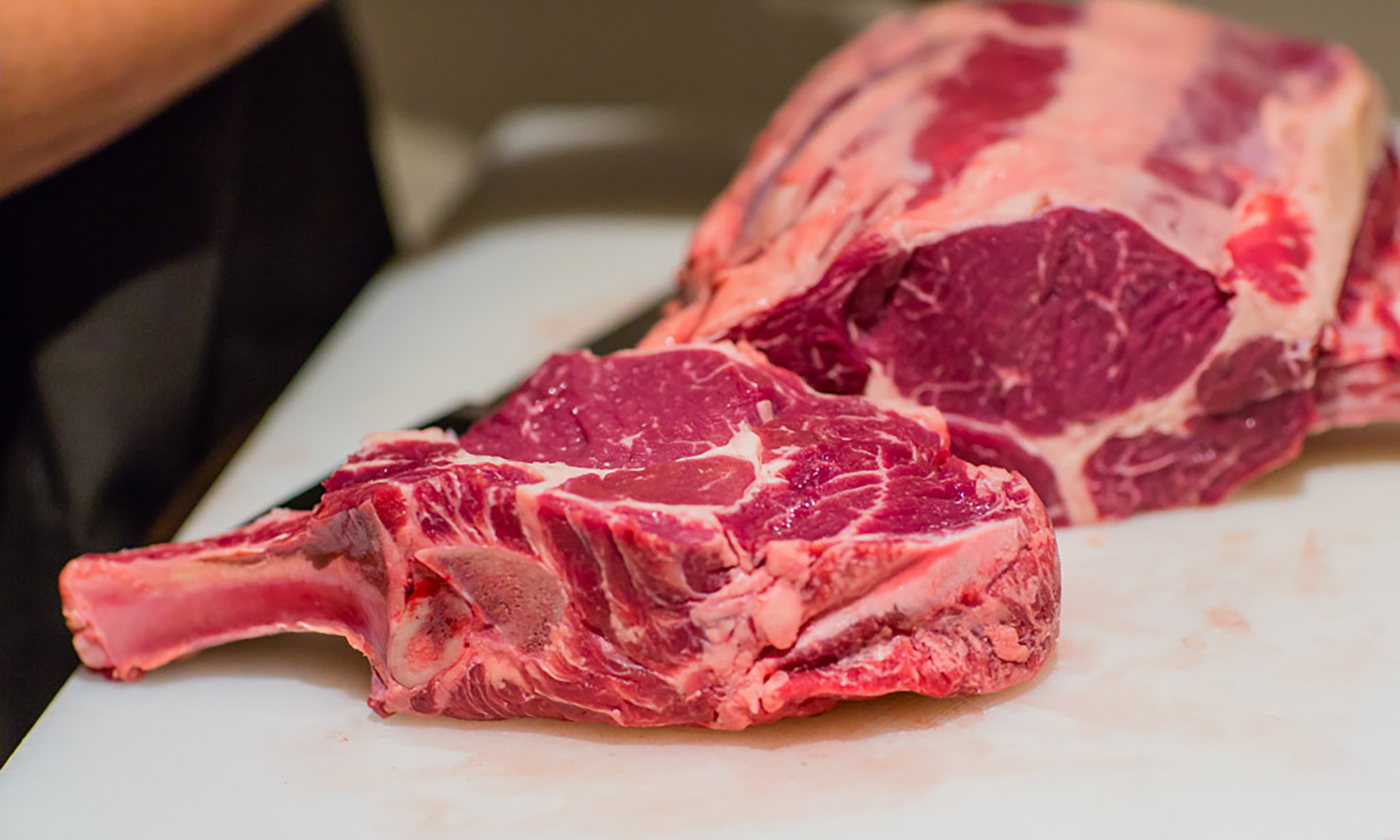
Last, but certainly not least, what are your top tips for making the perfect steak?
– Bring steak to room temperature
– Apply oil salt and pepper
– Get the cooking surface as hot as you can
– Sear on both sides for desired cook (rare, medium, well done)
– You have to let your steak rest, it’s the most important part, it needs to be rested for as long as you can hold out!

And how should we serve them?
I’m a big believer of letting the product speak for itself!
However here are my two favourites:
Steak Cut – salt and pepper and a wedge of lemon.
Secondary Cuts – I like to experiment with my secondary cuts, the usuals include: paprika, brown sugar, salt, cayenne pepper, garlic or onion powder.
For more steak inspiration follow Adam on Instagram @adamhenrynorth.
Plus if you’re in the mood for steak right now, head to www.themeatsociety.com.au for some home delivery.
